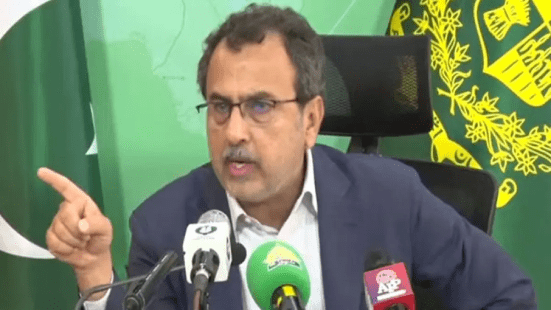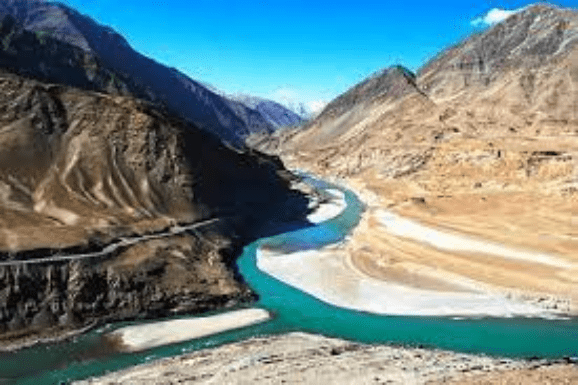India’s suspension of the Indus Waters Treaty does not bode well for Pakistan’s energy sector, which is heavily supported by its various hydropower projects.
India suspended the Indus Waters Treaty (IWT) of 1960 with Pakistan a day after at least 26 people were killed in the Pahalgam terror attack. The Ministry of External Affairs said on Wednesday that the Indus Waters Treaty of 1960 will be held in “abeyance” until Pakistan irreversibly ends its support for cross-border terrorism.
The Indus Waters Treaty, mediated by the World Bank, split the Indus River and its tributaries between India and Pakistan and regulated the sharing of water. It had so far withstood even wars between the neighbours.
The Treaty allocates the Western Rivers (Indus, Jhelum, Chenab) to Pakistan and the Eastern Rivers (Ravi, Beas, Sutlej) to India. The Treaty allows each country certain uses of the rivers allocated to the other. Its waters are critical to both India and Pakistan.
Now that India has terminated the Indus Waters Treaty, what changes now, and what are the powers this scenario offers India? Mint decodes the issue
1. No objection to India’s projects
Defence & Strategic Affairs Analyst Lt Col JS Sodhi (Retd) said India can now build projects on the banks of the rivers despite Pakistan’s objections, as the treaty has been suspended.
According to the Indus Waters Treaty, there are design restrictions on building structures like dams on Indus and its tributaries.
Pakistan has raised objections to the designs in the past, but in the future, it will not be obligatory for India to consider their concerns.
In the past, Pakistan has objected to almost every project. Notable are hydroelectric projects including Salal, Baglihar, Uri, Chutak, Nimoo Bazgo, Kishenganga, Pakal Dul, Miyar, Lower Kalnai and Ratle.







